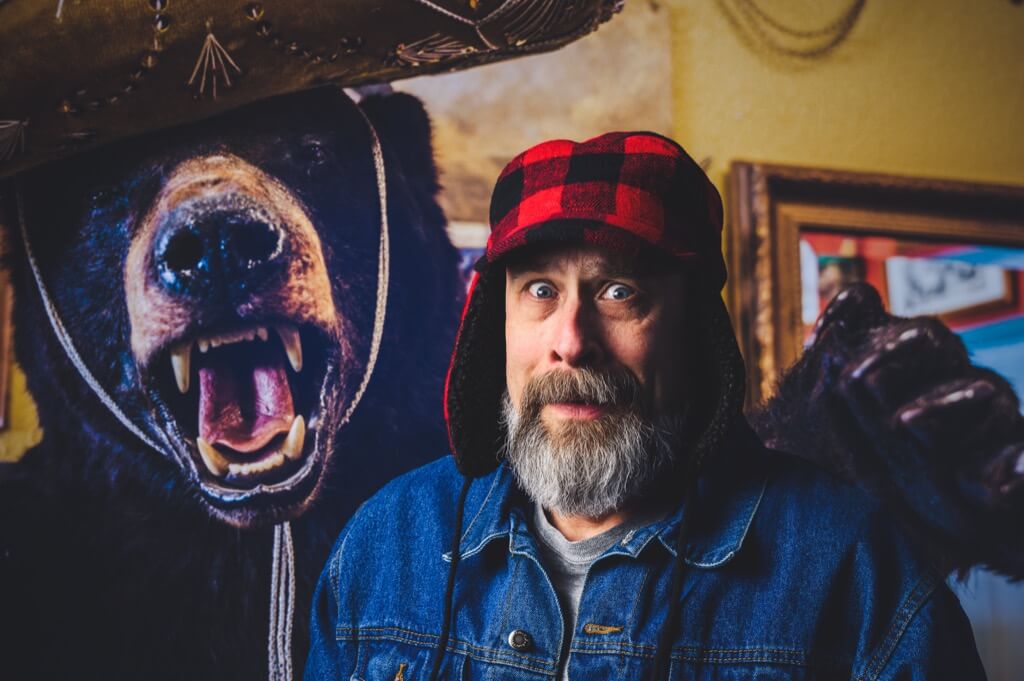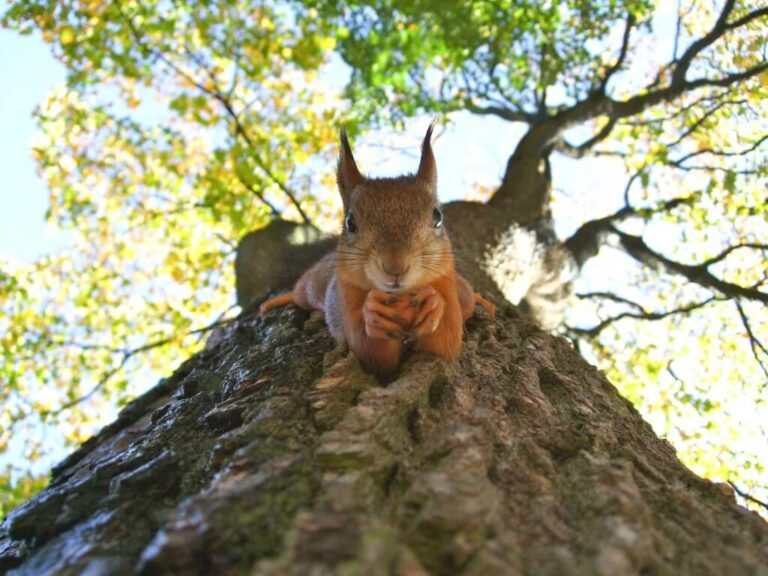The mesmerizing rhythm of hair growth unfolds through a cycle encompassing phases like anagen, catagen, and telogen. The anagen phase dictates hair length, steered by genetics, hormones, and lifestyle factors. While stress, diet, and exercise influence hormone levels, genetics, varying across body parts and individuals, govern the anagen phase’s duration.
Each body part experiences distinct growth durations; scalp hair boasts an anagen phase of two to seven years, while arms and legs witness a mere thirty to forty-five days of growth. Yet, anomalies exist—rare individuals exhibit lengthy scalp anagen phases but bear short hair lengths, juxtaposed against those with decades-long scalp anagen phases.
Intriguingly, stress plays a pivotal role in truncating the anagen phase, catapulting a substantial chunk of hair into the telogen phase. Under extreme stress, up to 70% of your hair might enter the telogen phase simultaneously, leading to considerable hair fall.
While hair growth rates remain consistent monthly, research unveils seasonal nuances in hair density. Studies observing women over six years reveal a cyclical shedding pattern, with the telogen phase peaking in summer and a minor spike in spring. Contrarily, winter witnesses peak hair density but exhibits reduced growth phases, offering a nuanced perspective on the impact of seasonal variations on hair cycles.
Surprisingly, scant studies delve into beard hair growth rates by month, lacking data on seasonal density fluctuations across growth phases—an area begging for deeper exploration.
Winter’s Influence on Beard Growth
Despite the winter beard lore, scientific evidence doesn’t confirm that beards sprout faster during colder months. The idea of faster beard growth in winter often intertwines with the notion of beards aiding in thermoregulation. While a beard can indeed maintain facial warmth, it doesn’t inherently trigger accelerated beard growth.
Deciphering Beard Growth Dynamics
Unraveling the mysteries surrounding beard growth entails understanding various factors. Testosterone levels, often linked to beard growth, showcase no direct correlation between higher levels and beard length. Scientific studies debunk the myth, highlighting that beard growth isn’t significantly governed by testosterone levels.
Age and Diet: The Real Players
The timeline for a full beard’s arrival doesn’t follow a fixed calendar. Instead, it’s guided by genetics and hormonal changes. Meanwhile, the pace of facial hair growth finds an ally in your diet. The inclusion of vitamins and protein-rich foods, particularly Vitamins A, B, C, and E, expedites the facial hair growth process.
The Impact of Cold Showers
While cold showers might not immediately sprout a full, wintry beard, their indirect influence on blood circulation could potentially stimulate hair growth. The boost in circulation from cold water showers might contribute to promoting overall health and vitality, albeit the direct correlation to faster beard growth remains inconclusive.
Pros of Winter Beard Growth
- A winter beard serves as a natural shield against cold temperatures, offering insulation for your face, especially the chin and neck areas.
- It shields the skin from harsh winter elements like cold winds and dry air, reducing irritation and potential skin problems.
- A well-groomed winter beard can exude style while keeping you warm, making it a practical and fashionable accessory.
Cons of Winter Beard Growth
- Longer beards in winter may require more upkeep, including washing, conditioning, and detangling to prevent knots or dryness.
- For some, a beard can trap moisture or sweat, potentially leading to skin issues like itchiness, dryness, or even acne.
- Eating, drinking, or wearing certain masks may become less comfortable or require adjustments due to a longer beard.
Tips To Take Care Of Your Beard in Winter
Hydration and Moisturization
In colder weather, ensure your beard gets sufficient moisture. Use beard oils or balms regularly to prevent dryness and flakiness. This helps retain the skin’s natural oils and keeps your beard soft and manageable.
Opt for Regular Trims
While allowing your beard to grow in winter is ideal for warmth, regular trims are still vital to maintain a tidy appearance. Trim split ends to prevent tangles and knots, promoting healthier growth.
Nourish from the Inside Out
A balanced diet rich in vitamins and proteins aids beard health. Incorporate foods like fish, eggs, nuts, and vegetables into your meals to support faster and stronger beard growth.
Protect from the Elements
Cold weather can be harsh on facial hair. Consider using a scarf or beard balm to shield your beard from snow, wind, and other harsh elements that may cause dryness or damage.
Cleanse and Condition Regularly
Washing your beard a few times a week with a mild cleanser helps remove dirt and prevent buildup. Follow up with a conditioner to nourish and soften the hair, preventing dryness and itchiness.
Beard Growth Facts You Didn’t Know
- Beard growth patterns are heavily influenced by genetic factors, including ethnic background and family history.
- Some studies suggest that colder temperatures might slightly accelerate hair growth due to increased blood circulation.
- The density of androgen receptors in hair follicles plays a role in beard growth. Higher receptor density often leads to denser facial hair.
- Beard hair goes through three phases: anagen (active growth), catagen (transition), and telogen (resting), with hairs at different stages at any given time.
- Facial hair continues to develop into a man’s thirties or forties, with growth patterns changing over time.
- Hormones like testosterone and dihydrotestosterone (DHT) significantly influence beard thickness and growth rate.
- On average, beard hair grows about half an inch per month, although growth rates can differ among individuals.
- Adequate sleep and reduced stress levels contribute to healthier beard growth by impacting hormone levels.
- Facial hair’s shape and texture are determined by follicle shape, which varies across the face, resulting in diverse beard patterns.
- Similar to scalp hair, facial hair goes through shedding cycles, where old or damaged hairs fall out to make room for new growth.
Other Factors That Affect Beard Growth
Humidity levels often drop during winter, potentially affecting beard hair. Some argue that low humidity dries out the skin, leading to slower growth, while others believe that this drier environment actually encourages faster growth by preventing excess oil buildup.
The winter diet typically includes heartier and richer foods. Some suggest that certain nutrients present in winter diets, such as Vitamin D from winter-specific foods, might positively impact beard growth. However, debates persist about whether diet changes truly affect beard growth rates during winter.
Winter usually calls for intensive skincare to combat dryness. There’s contention about how these routines, involving moisturizers or exfoliants, might impact beard growth. Some argue that a well-hydrated skin surface promotes better hair growth, while others claim that certain products could obstruct follicles.
The psychological impact of the winter season on individuals might indirectly affect beard growth. There’s discussion about how stress levels, mood changes due to weather, or seasonal affective disorder might influence hormone levels and subsequently affect beard growth rates.
While age’s impact on beard growth has been acknowledged, debates revolve around how age interacts with seasonal changes. The discussion delves into whether older individuals notice significant differences in beard growth during winter compared to younger individuals and the potential reasons behind these observations.
While we’ve touched upon various debates surrounding this topic, the deeper complexities remain largely uncharted. The intersection of weather conditions, personal habits, and biological intricacies creates a tapestry of influences that contribute to the seasonal evolution of facial hair. Visit FLP, to get expert tips on how to get fuller hair growth.





